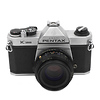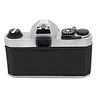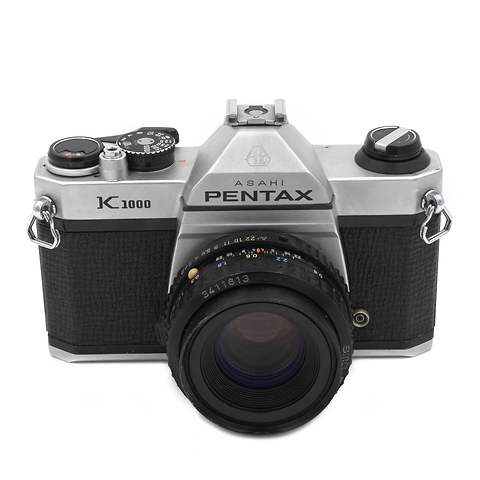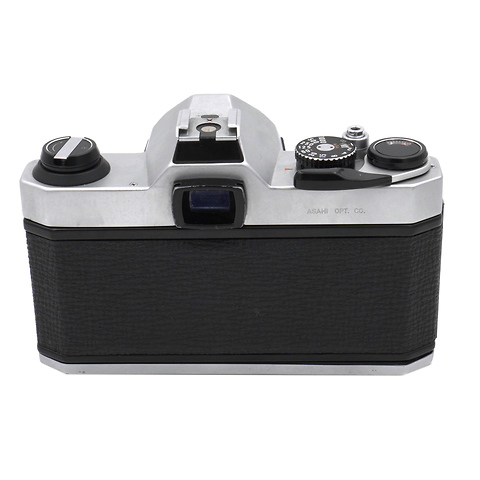My Cart
Samy's Camera Credit Card

Where can I use my Samy's Camera Credit Card?
Your Samy's Camera Credit Card can be used to make purchases online, at samys.com, or at any of our Retail Locations.
What are the current special financing offers?
6 Month Special Financing* on orders totaling $199 and above.
12 Month Special Financing* available on orders totaling $599 or more.
Order minimum excludes sales tax, shipping fees, and discounts. To receive special financing, simply pay with the Samy's Camera Credit Card and select the financing option during checkout.
How will I receive my Samy's Camera Credit Card Information?
Applying for an Samy's Camera Credit Card is fast and easy. The application is subject to approval by Synchrony Bank. If approved, we'll automatically add your Samy's Camera Credit Card to your account at checkout. Select the Samy's Camera Credit Card under the payment information to pull up your available account information. You will receive your Samy's Camera Credit Card in the mail within 7-10 business days after applying.
How can I manage my account?
For Samy's Camera Credit Card accounts, you can pay your bill online or modify your account settings by clicking here:
My Account
Can I ship to an alternate address?
All orders must be shipped to the billing address on file for final approval of transaction. We can not ship to an alternate address.
Pay By Phone:
Contact Synchrony Customer Service 24/7 at (866) 396-8254.
Pay By Mail:
To ensure your payment is on time, mail in advance of the payment due date. Send payment to:
Synchrony Bank
P.O. Box 960061
Orlando, FL 32896-0061
Samy's Camera Credit Card, issued by Synchrony Bank.
No Interest if Paid in Full Within 6 or 12 Months*
On purchases of $199 or more (6 months) or $599 or more (12 months) made with your Samy's Camera Credit Card. Interest will be charged to your account from the purchase date if the promotional balance is not paid in full within 6 or 12 months. Minimum monthly payments required.
*All orders must be shipped to the billing address on file for final approval of transaction. Qualifying purchase amount must be on one receipt. A Promo Fee does not apply to this offer. No interest will be charged on the promo balance if you pay it off, in full, within the promo period. If you do not, interest will be charged on the promo balance from the purchase date. The required minimum monthly payments may or may not pay off the promo balance before the end of the promo period, depending on purchase amount, promo length and payment allocation. Regular account terms apply to non-promo purchases and, after promo period ends, to the promo balance. New Accounts as of 7/16/24: Purchase APR 34.99%. Penalty APR 39.99%.Min Interest Charge $2. A promo fee will be charged equal to 2% of the amount financed on an equal payment no interest promotion of 18 months or more. Existing cardholders: See your credit card agreement terms. Subject to credit approval. We reserve the right to discontinue or alter the terms of this offer anytime.
** New Accounts as of 7/16/24: Purchase APR 34.99%. Penalty APR 39.99%.Min Interest Charge $2. A promo fee will be charged equal to 2% of the amount financed on an equal payment no interest promotion of 18 months or more. Existing cardholders: See your credit card agreement terms.
*Item pictured for illustrative purposes only, actual item not pictured.
The Pentax K1000 is an all mechanical manual 35mm film SLR (Single Lens Reflex) SLR. The K1000 has earned a reputation as a solid reliable camera with only fully manual functions. The no frills design means the user must figure out what they are doing (if they don't already know). It's a tool perfect for learning because it requires deliberate thought about setting framing, focus, and exposure. When a photographer learns how to use a fully manual camera like the K1000 they'll have a fundamental foundation of understanding how any camera works.
Consequently the K1000 remained in production for decades and is one of the most popular cameras of all time.
- Classic, popular camera perfect for learning the art of photography!
- All shutter speeds are mechanical
- Battery only powers the light meter
- TTL (through-the-lens) manual light metering with a center-weighted pattern
- Straitforward single-needle light meter display in viewfinder
- Shutter speeds: 1s-1/1000 second, plus B (Bulb mode for longer exposures)
- TTL manual metering with a center-weighted pattern
- Hot shoe and PC sync terminal (X only)
- Flash sync at shutter speeds 1/60 second and slower
- ISO range: 20-3200, set manually Threaded shutter release button accepts standard threaded mechanical cable release cables/cords
Camera kit may come with version M or version A type lens. The difference in these lenses is minimal. Optically they are the same. If you want a specific version please contact us.
(The Pentax A 50mm f2 is the third generation of Pentax's K mount basic model standard lens and also the last one with a f/2 maximum aperture. The first one is the K 55mm f2 released in 1976 and was later replaced by the lighter and simpler M 50mm f2 introduced in 1979. In 1985, Pentax introduced a newer version (this one) which incorporates electronics to support automatic aperture control for shutter priority and programmed auto-exposures on the A-series (e.g. the Super Program/Super A) and P-series (e.g. the P5/P50) bodies.)
Minimum Aperture: 22 Lens Construction: 5 groups 5 elements Angle of View: 47ø Diaphragm: Fully automatic Minimum Focusing Distance: 0.45m (1.5 ft.) Filter Size: 49mm Lens Hood: 49mm
A normal range lens is considered to be one that will not magnify or increase width of the image compared to the human eye. This range of focal lengths is 40mm, 50mm, 55mm, and 60mm. This classification is only for the standard 35mm full-frame or digital full-frame camera format. If you are using a digital camera with less than this, the focal length must be multiplied by a factor based on the actual size of the sensor. In most cases, this is a multiple of 1.5x, but can vary slightly.












